Looking to elevate your culinary creations with a rich, smoky depth and visually appealing color? Browning sauce is a secret weapon in the kitchen, capable of transforming your dishes with its caramelized flavor and striking appearance. Whether you are preparing hearty stews, vibrant marinades, or even unique desserts, this versatile condiment adds a touch of magic. This guide will explore everything from its origins to its uses, recipes, and expert tips.
Print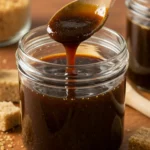
Homemade Browning Sauce Recipe
- Total Time: 15 minutes
- Yield: ¾ cup (serves 12)
- Diet: Gluten Free
Description
This homemade browning sauce is a rich, smoky, and slightly sweet condiment that enhances the flavor and color of stews, gravies, marinades, and roasted meats. Made with caramelized brown sugar, water, and optional seasonings, this sauce is free from artificial additives and preservatives. Perfect for Caribbean, Southern, and gourmet home cooking, this simple yet essential ingredient will elevate your dishes with its deep, complex taste.
Ingredients
- 1 cup brown sugar (light or dark, packed)
- ½ cup warm water (adjust for desired consistency)
- 1 tablespoon molasses (optional, for deeper flavor)
- 1 teaspoon vinegar (apple cider or white, optional, for balance)
- ¼ teaspoon salt (optional, enhances flavor)
- 1 teaspoon soy sauce or Worcestershire sauce (optional, adds umami depth)
Instructions
Step 1: Caramelizing the Sugar
- Place a heavy-bottomed saucepan over medium-low heat.
- Add the brown sugar, spreading it evenly across the pan.
- Allow the sugar to melt gradually without stirring. As the edges start to liquefy, begin stirring with a heat-resistant spatula.
- Continue stirring as the sugar turns a deep amber color. Be careful not to let it burn, as this can cause bitterness.
Step 2: Adding Liquid Ingredients
- Slowly pour in the warm water, stirring continuously to prevent sugar crystallization. Expect some bubbling as the liquid meets the hot caramel.
- Stir in the molasses, ensuring it fully dissolves.
- If using, add the vinegar, salt, and soy sauce (or Worcestershire sauce), mixing well to incorporate all flavors.
Step 3: Simmering and Adjusting Consistency
- Lower the heat and let the sauce simmer for 2-3 minutes, allowing the flavors to meld.
- If the sauce is too thick, add a small amount of warm water until it reaches your preferred consistency.
- If the flavor is too bitter, balance it with a pinch of sugar.
- Taste and adjust the seasonings as needed.
Step 4: Cooling and Storage
- Remove from heat and let the sauce cool completely.
- Transfer to a sterilized glass jar or an airtight container.
- Store in the refrigerator for up to 1 month. For longer storage, divide into small portions and freeze for up to 3 months.
Notes
- For a gluten-free version, use tamari instead of soy sauce.
- To enhance smokiness, add a drop of liquid smoke.
- For a sweeter sauce, increase the molasses slightly.
- If sauce hardens after cooling, reheat gently with a splash of water to loosen it.
- Prep Time: 5 minutes
- Cook Time: 10 minutes
- Category: Condiment, Sauce
- Method: Stovetop
- Cuisine: Caribbean, Southern
What is Browning Sauce?
Browning sauce is a concentrated liquid seasoning made by caramelizing sugar, often combined with water and vegetable extracts. Known for its smoky, slightly sweet flavor and dark brown color, it serves both as a flavor enhancer and a natural coloring agent in cooking. Originating in Caribbean cuisine, it has gained popularity in kitchens worldwide for its ability to add complexity and depth to dishes.
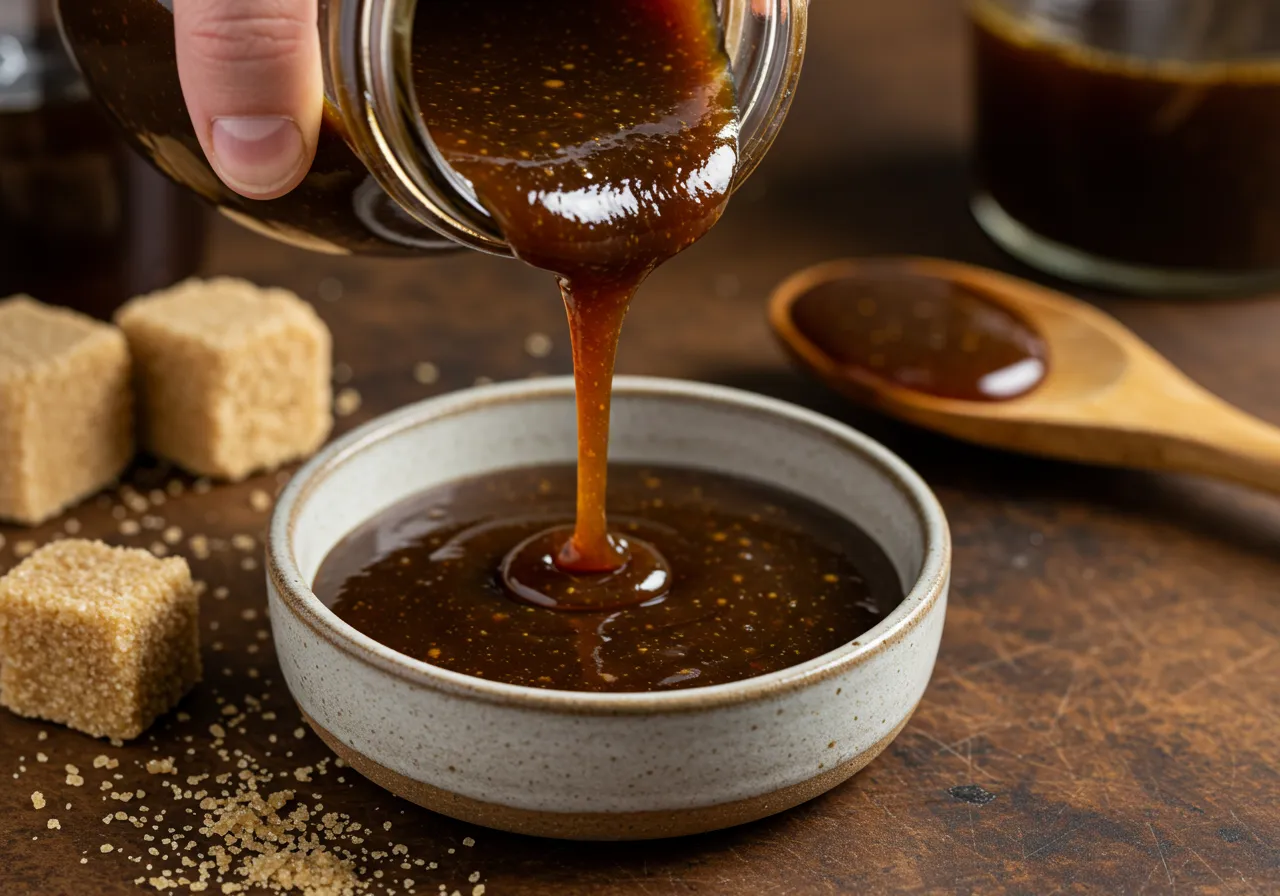
For more on versatile seasonings, check out this guide on umami sauce to pair it with complementary condiments.
What is Browning Sauce Used For?
The primary purpose of browning seasoning is to enrich the flavor and appearance of a variety of dishes. Its uses include enhancing gravies, soups, and stews, where it provides a deep, robust taste and luxurious appearance. In marinades, it brings a smoky depth that complements meats like chicken, pork, and beef. Vegetarian recipes also benefit from its rich flavor, making lentils and vegetable soups more satisfying. Additionally, caramel-based desserts can be elevated with a few drops for added complexity.
For a complementary condiment idea, explore flavored vinegar to balance the sauce’s smoky tones with acidity.
How to Use Browning and Seasoning Sauce
When using this sauce, moderation is key, as its flavor and color are both potent. Start by adding a few drops to your dish and gradually adjust to taste. For lighter recipes, dilute it with water or broth to maintain balance. Pairing it with herbs like thyme, garlic, or onion powder enhances its smoky flavor, while using it in marinades with soy sauce or vinegar creates a layered flavor profile.
Looking to experiment with marinades? Check out this guide on creating flavorful marinades for inspiration.
What is the Browning of the Sauce Made Of?
The key ingredients in this versatile sauce are caramelized sugar, water, and often vegetable concentrates such as onion or garlic extracts. Commercial versions may also include salt or vinegar to enhance flavor complexity. These simple components create a robust sauce that is easily adaptable for different recipes.
For DIY enthusiasts, try making your own with this simple recipe:
- Heat 1 cup of brown sugar in a saucepan over medium heat until it caramelizes.
- Slowly add ½ cup of water while stirring continuously.
- Simmer until smooth, cool, and store in an airtight container.
For another staple condiment, learn how to make tomato sauce at home.
Step-by-Step Preparation Guide
Making browning sauce from scratch is straightforward but requires careful heat control to develop its signature deep color and rich taste. Slow caramelization is essential to avoid burning and achieve the best results. Follow these instructions to create a perfectly balanced sauce.
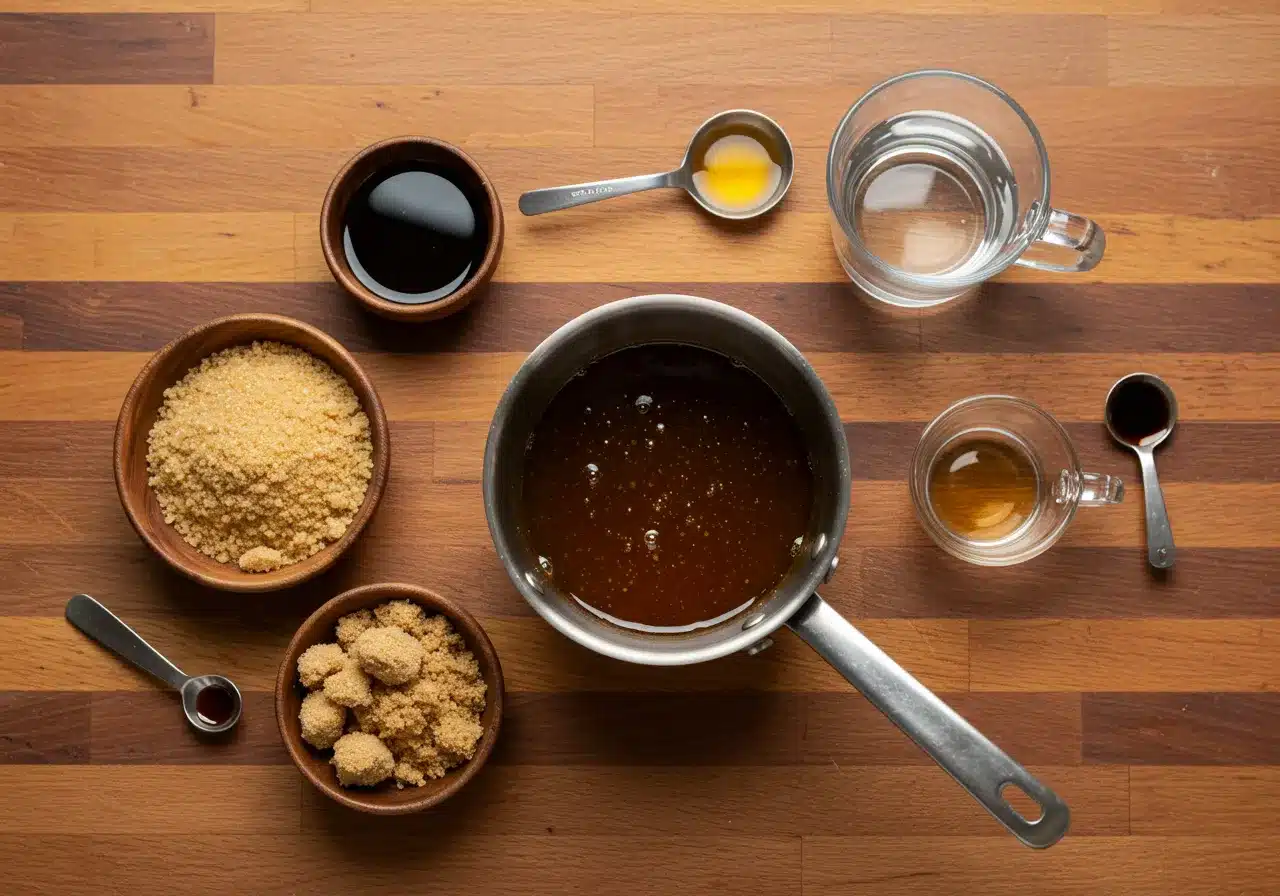
1. Preparing Your Ingredients
Having everything measured and ready will make the process easier and prevent any last-minute adjustments.
- Brown sugar (1 cup): The foundation of the sauce.
- Water (½ cup): Helps control thickness and texture.
- Molasses (1 tablespoon): Deepens the color and enhances the flavor.
- Vinegar (1 teaspoon, optional): Adds a slight tangy contrast.
- Salt (¼ teaspoon): Brings out the natural flavors.
- Soy sauce or Worcestershire sauce (1 teaspoon, optional): Adds savory depth.
2. Caramelizing the Sugar
This is the most important step, as it determines the sauce’s final color and taste.
- Select a heavy-duty pan to ensure even heat distribution and prevent scorching.
- Warm the pan over low to medium heat, then evenly spread the brown sugar across the surface.
- Allow the sugar to melt slowly without stirring initially, letting it dissolve on its own.
- When the edges start to liquefy and darken, gently stir with a heatproof spatula to blend the caramel evenly.
- Continue stirring until the sugar turns a deep mahogany brown, but avoid overheating to prevent bitterness.
3. Adding Liquid Ingredients Gradually
Since caramelized sugar is extremely hot, adding liquid too fast can cause splattering. Pour slowly while stirring continuously.
- Carefully add warm water, stirring as you go to create a smooth mixture. Expect some bubbling.
- Incorporate the molasses, ensuring it fully dissolves into the sauce.
- If using vinegar, salt, or soy sauce, add them now to enhance the overall flavor.
- Let the sauce simmer for a couple of minutes, allowing it to slightly thicken.
4. Adjusting Taste and Consistency
At this stage, tweak the sauce to match your preference:
- If it feels too thick, mix in a bit of warm water to adjust the texture.
- If the flavor is overly bitter, a small amount of sugar can help mellow it out.
- If you prefer a more intense umami taste, a few extra drops of Worcestershire sauce will enhance the depth.
5. Cooling and Storage Tips
To preserve freshness and maintain the best quality, store the sauce properly.
- Let it cool completely before transferring it to a clean, sealed container.
- Keep it in the refrigerator, where it will stay fresh for up to four weeks.
- If you want to store it longer, divide it into small portions and freeze for future use.
By making your own browning sauce, you control the ingredients and avoid artificial additives. This homemade version will bring out the best in stews, marinades, and sauces, giving your dishes a rich, deep flavor that store-bought versions can’t match.
Exploring the benefits of browning sauce here.
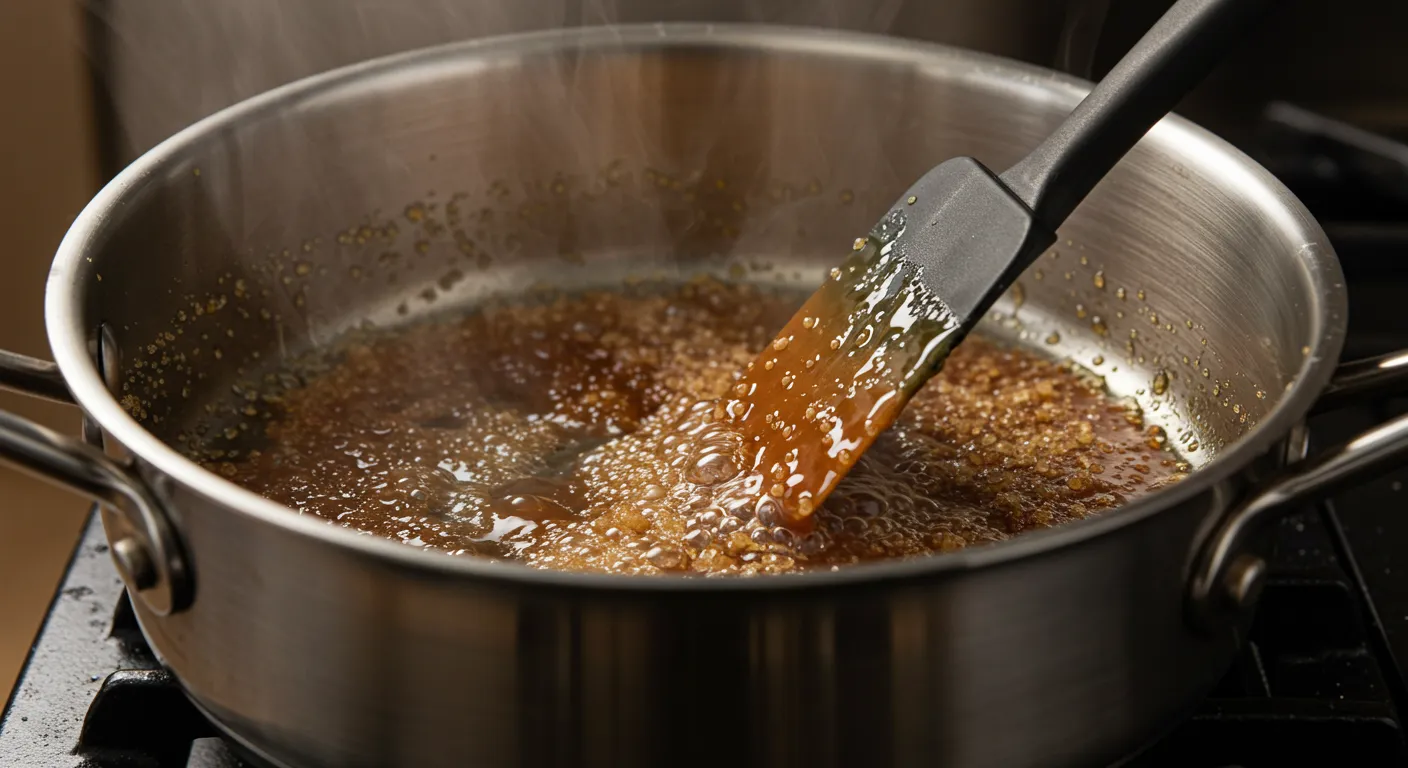
Enhancing Recipes with Browning Sauce
This sauce is incredibly versatile, elevating both savory and sweet dishes. Add a smoky touch to stir-fried vegetables for a quick meal, or enhance gravies and soups for holiday feasts. Even desserts like bread pudding or caramel sauces benefit from its unique flavor profile.
Explore this vegetable stir-fry guide for creative ways to incorporate smoky and caramelized flavors.
Common Mistakes to Avoid
To use browning sauce effectively, avoid these common errors:
- Overuse: Its intense flavor can quickly overpower a dish.
- Burning Sugar: When making it at home, watch the caramelization process closely to avoid bitterness.
- Improper Storage: Always store in a cool, dry place to preserve its quality.
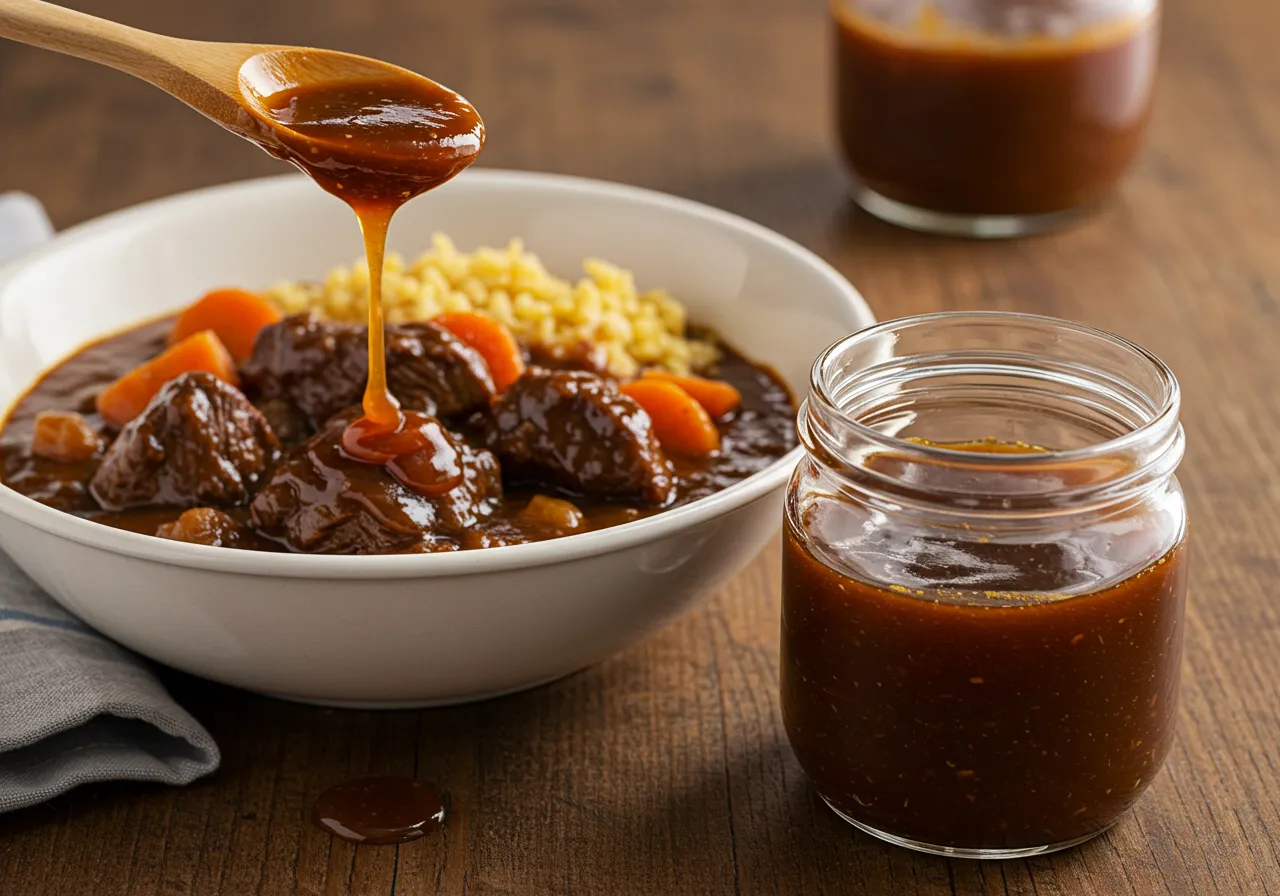
FAQs About Browning Sauce
Is Browning Sauce Vegan?
Most homemade versions are vegan since they consist only of sugar and water. However, some commercial brands may include animal-derived ingredients, so always check labels.
Can It Be Used in Desserts?
Absolutely! This sauce adds a smoky complexity to desserts like bread pudding and caramel sauces.
What’s a Good Substitute?
Soy sauce or molasses can work as substitutes, though they don’t replicate its smoky-sweet balance exactly.
How Should It Be Stored?
Store it in an airtight container. Homemade versions should be refrigerated and used within a few weeks.
Conclusion
Browning sauce is more than just a seasoning—it’s a versatile culinary tool that enhances flavor, color, and appeal. Whether you’re preparing traditional Caribbean recipes, hearty gravies, or experimenting with new ideas, this sauce is an invaluable addition to your kitchen. With proper use, balanced recipes, and thoughtful pairings, you can unlock the full potential of this unique ingredient.

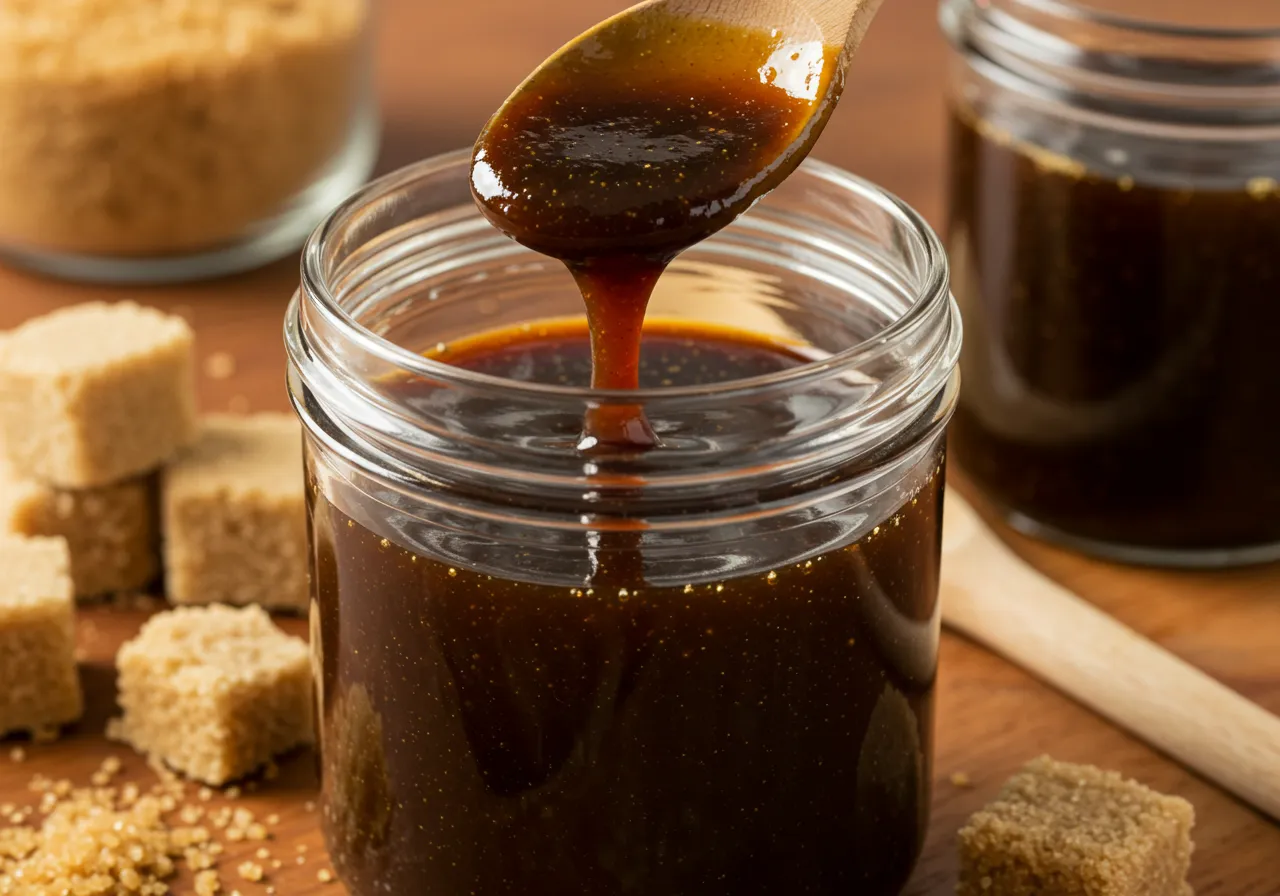
1 thought on “Browning Sauce Secrets That Will Elevate Your Cooking”